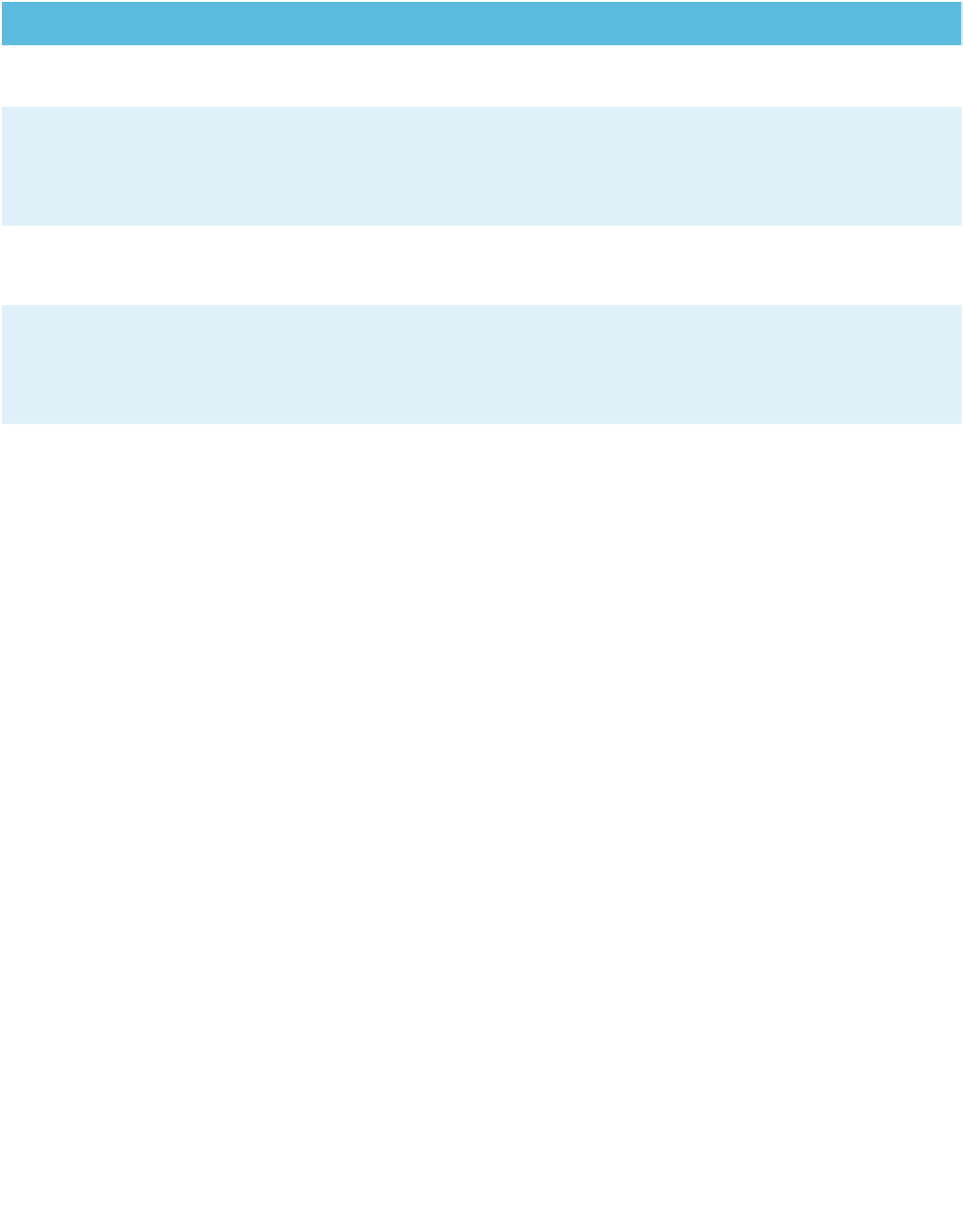Environmental Engineering Reference
In-Depth Information
TABLE 1.5
Types of Environmental Regulatory Control
Type
Description
Example
Command and Control
Ambient standards setting, using command and control
instruments (licences); limited scope for fl exibility
●
Air and water quality standards
●
Effl uent discharge permit
Economic Instruments
Use of pricing, subsidy, taxes and charges to alter
consumption and production patterns of fi rms and
individuals
●
Tradeable permits
●
Pollution charges
●
Deposit refund
●
Tax incentives
●
Resources cost pricing
Co-regulation
Formulation and adoption of rules and regulations in
consultation with stakeholders, negotiated within
prescribed boundaries
●
Environmental Impact Assessment
Self-regulation
Initiatives by fi rms or industry sectors to regulate them-
selves through the setting of self-imposed standards,
and involving monitoring of member fi rms to ensure
compliance
●
Codes of Practice
●
Self-audit
●
Pollution reduction targets
●
Continuous improvement
●
Global Reporting Initiative 2000
Source:
based on AMC (1993)
going well beyond what is necessary and in some cases beyond what is desirable. The risk here
is that the 'bar is raised' so high that others are deterred from subscribing to the code.
Companies argue in support of their ability to adequately manage themselves.
The public is not so trusting, asking how it would receive assurance that environ-
mental commitments are met. Companies have responded to such concerns in vari-
ous forms, more recently in form of the Global Reporting Initiative (GRI). The GRI is
a long-term international undertaking whose mission is to develop and disseminate
globally applicable sustainability reporting guidelines for voluntary use by organiza-
tions reporting on the economic, environmental, and social dimensions of their activities,
products and services (GRI 2000). Self-regulation, on its own, is unlikely to be effective
as there will always be those who will avoid their responsibilities, either deliberately or
through ignorance.
Best practice therefore promotes an integrated management approach, combining the
four types of regulatory controls mentioned above and summarized in
Table 1.5
. The
introduction of new and flexible regimes is an ongoing process, as governments move to
downsize, while corporate responsibility continues to increase.
Regulatory controls range from
command and control (big boot
mentality) to self-regulation
1.7 ENVIRONMENTAL ASSESSMENT PRACTICE - ELIMINATE
THE NEGATIVE, ACCENTUATE THE POSITIVE
The EIA process is designed to adopt management rules agreed upon by the company, the
government, and affected communities, negotiated within prescribed boundaries. This sec-
tion provides some general background on impact assessment at the project level, focusing on










Search WWH ::

Custom Search